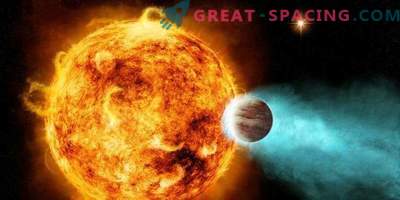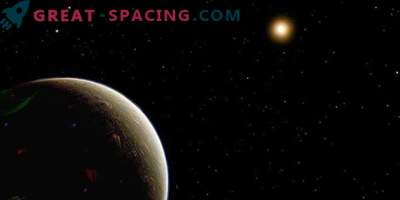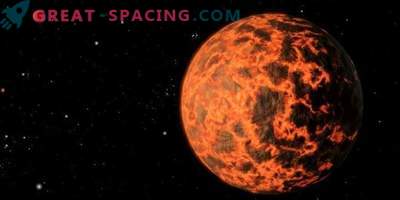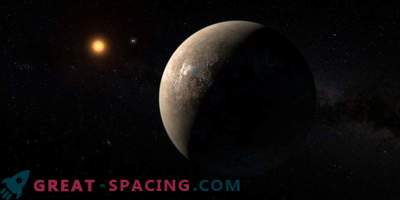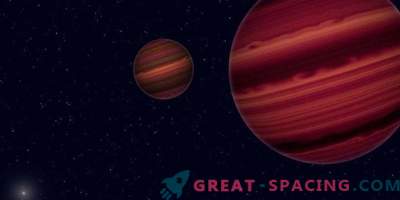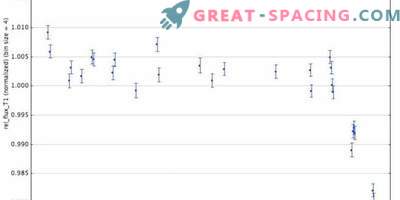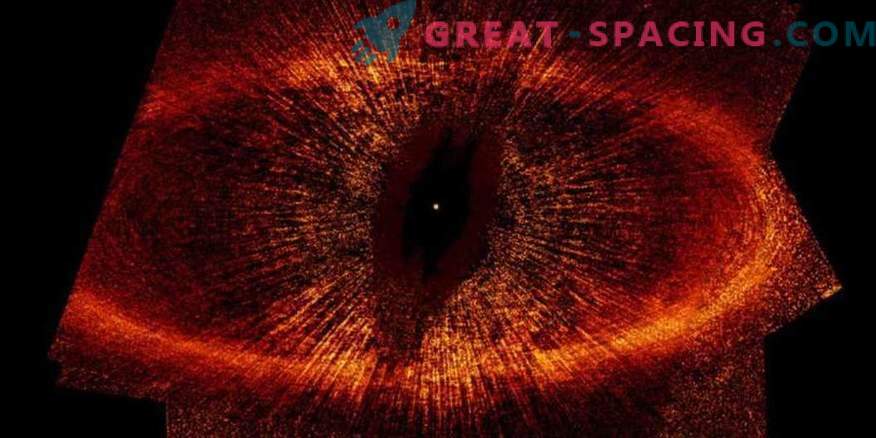
The great Eye of Sauron has long escaped from the pages of “The Lord of the Rings” and looks at us from the depths of outer space in the form of a star. But researchers are more interested in an unusual planet rotating in a particular star system.
So, astronomers use the name “Eye of Sauron” to mark the brightest star in the constellation Pisces - Fomalhaut. It refers to the type of main sequence stars and is 25 light-years away. In the usual observation, it just seems bright, but when reviewing its protoplanetary disk, the eerie shape of the “Eye of Sauron” looms, which can be seen in the photographs.
Before us is a young star with an age of 200-300 million years. At a temperature of 8500 K, its brightness level is 16 times higher than solar. In 2008, while studying the frightening protoplanetary disk, the Hubble Space Telescope fixed a planet that was called Fomalhaut b. But in further observations it could not be found.
Some scientists began to say that it was not a planet at all, but only a primitive gas cloud. And then the capricious world reappeared in the review, after which Fomalgout b was called the zombie planet or the risen from the dead. By the way, in 2015, the exoplanet received the official name - Dagon.
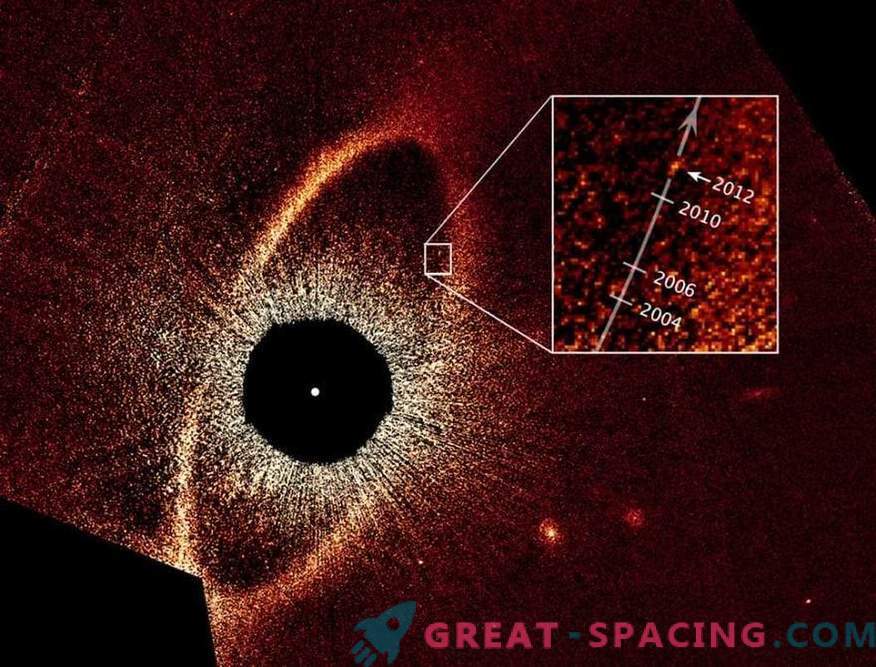
The orbit of the planet around the parent star
It is believed that Dagon is only several times able to exceed the massiveness of the Earth. However, the planet surprises scientists, first of all, with its orbital characteristics. The fact is that the world is approaching a star at 49 a. e. (at the level of Pluto) and moves away by 290 a. e. This is an incredibly huge distance, and the protoplanetary disk itself seems surprisingly large-scale. Let's not forget that one year on Dagon lasts about 1700 years! How to explain such a huge orbit around a star? There is an assumption that another planet rotates around Fomalgaut, which the sensors confuse with Dagon. This is a hypothetical Fomalgaut C, which has not yet been found. But there is an opinion that this is not enough for such an extension, therefore another hypothetical world is added - Fomalgout d.
One theory holds that the second planet existed, but collapsed in the past after a collision with Dagon, which formed a wide ring of gas and dust around the star. To prove at least one of the assumptions, you need to continue to monitor the zombie planet.
Analysis shows that Dagon is now approaching a star along an orbital path. In the next 20 years, the exoplanet must pass through a theoretical section around the star, filled with fragments of ice and stones (perhaps this is a complete asteroid belt) that should collide with the planet. Most likely, this event will be accompanied by a series of bright flashes in the atmosphere. Researchers hope to capture this spectacle.

